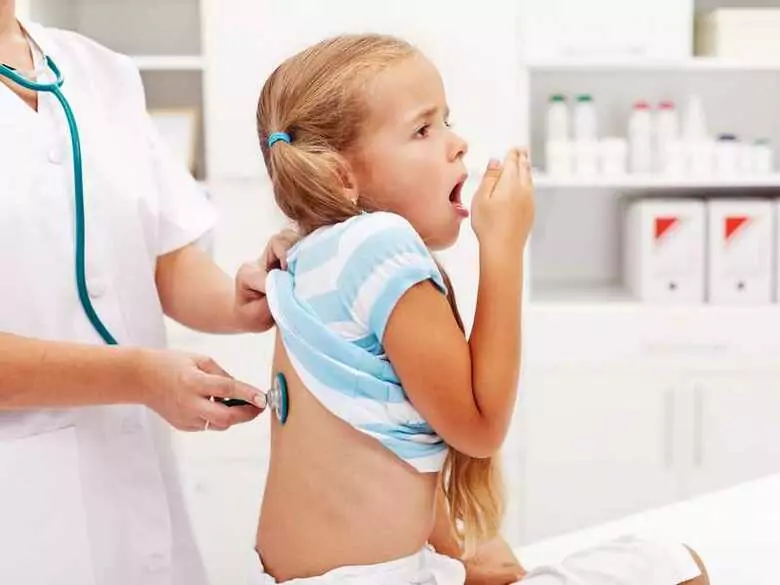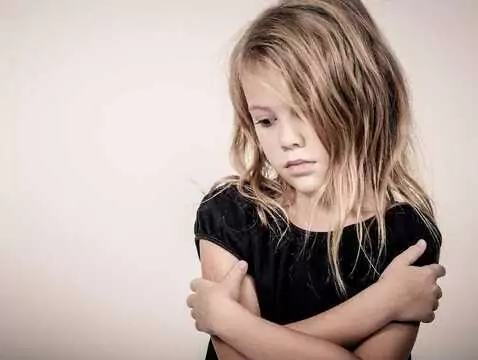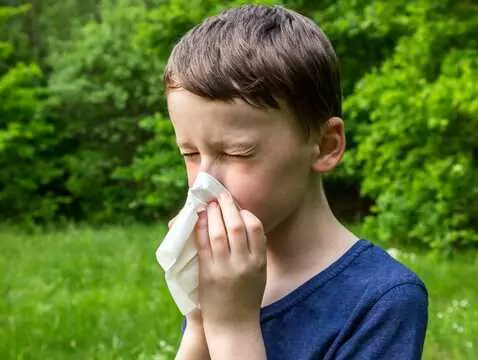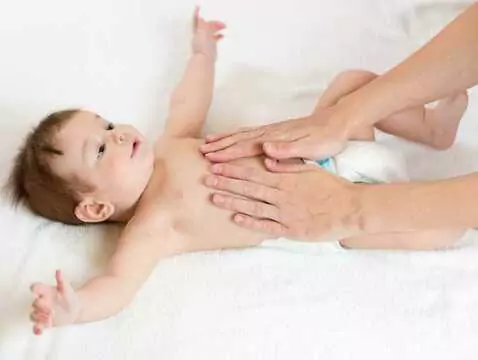Lungand bron chial diseases are among the most common diseases ofchildren. By the age of 6, nearly half of all children will develop bronchitis with bronchospasm obstruction. Pneumonia causes about 19% of deaths in children under 5 years of age worldwide, mainly in developing countries. In Poland, the mortality rate from pneumonia is less than 1/1000 per year. Approximately 10% of children aged 13-14 years suffer from asthma in Poland. We can divide them into those with an acute course, i.e., short-term, and those with a chronic course, i.e., long-term, for many years. In the first part, acute diseases will be discussed.
Bronchitis
It is most often an acute condition caused by infectious agents - 90% by viruses, less often by bacteria. The peak incidence is during the autumn and winter months. The predominant symptom is a cough, which can be both wet and dry (in the initial phase). The cough lasts from a few days to three weeks. The onset of symptoms is usually preceded by several days of cold symptoms - runny nose, sub-fever or fever, sore throat. Symptoms usually resolve spontaneously, within two weeks. In pre-school children, bronchitis is often accompanied by bronchial obstruction - a narrowing of the airways due to contraction of the bronchial musculature and the slightly different structure of the airways compared to an adult; loud wheezing may then be heard.
Other respiratory infections and, in the case of recurrent infections, bronchial asthma should be considered in the differentiation.
Treatment is primarily symptomatic - using antipyretics, humidifying the air, ensuring adequate hydration. In the case of bronchial obstruction, we use bronchodilators by inhalation. Sodium chloride solution (salt) inhalations and mucolytic drugs may be helpful. We use antibiotics if a bacterial aetiology of the disease is suspected and the cough is prolonged for more than 14 days.
Bronchiolitis
This is an acute infectious disease of the lower respiratory tract, primarily the small bronchi. It occurs in children under 2 years of age, usually at 3-6 months of age, with a peak incidence at 6 months of age. The most common cause of the disease is RS virus infection, which is common, in older children and in adults it is a common cause of the common cold. Bronchiolitis is more common in boys, children who are not breastfed and those who live in large groups of people. Premature babies, children with chronic diseases, especially of the respiratory and cardiovascular systems, and children exposed to tobacco smoke are particularly at risk of severe disease. The incidence is most common in autumn and winter. In Poland, the incidence of bronchiolitis is 12/100 children per year.
The first symptoms are 1-2 days of cold symptoms - runny nose, pharyngitis, sometimes fever. Then dyspnoea develops. The child breathes faster, tightening of the chest muscles responsible for breathing can be seen, gasping and wheezing can be heard. In severe disease, the child has difficulty sucking and apnoea may occur. The disease must be differentiated from other respiratory tract infections, foreign body aspiration into the airways, gastro-oesophageal reflux, chronic diseases (asthma, cystic fibrosis) and previously undetected respiratory and cardiovascular malformations.
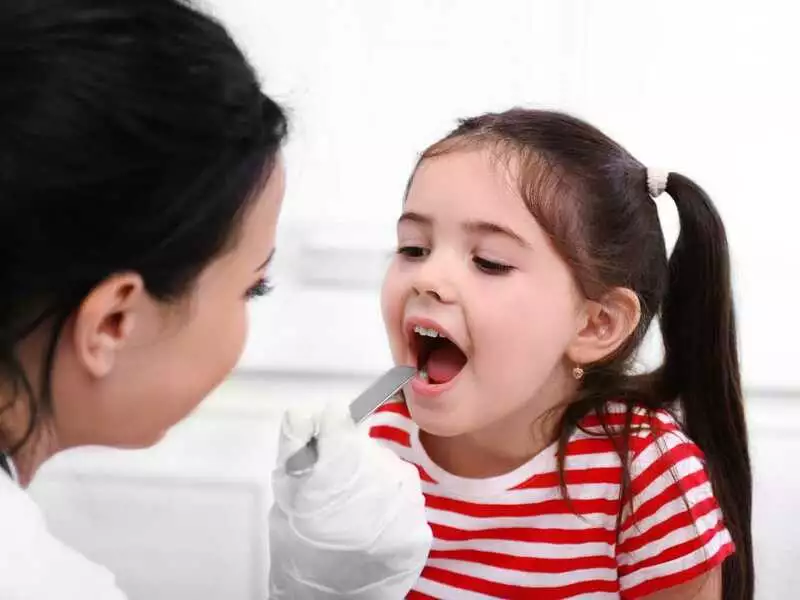
photo: shutterstock
Treatment is mainly symptomatic - the child should stay in a cool (at 18-20 degrees C), humidified room. Nasal secretions should be cleared regularly. Antipyretics should be given in case of fever. The disease can usually be treated at home, but hospitalisation is possible. In severe cases, oxygen therapy or even intubation and mechanical ventilation may be necessary.
Prevention is very important: washing hands, isolating the child from sick people, breastfeeding, avoiding exposure to tobacco smoke and crowded places.

